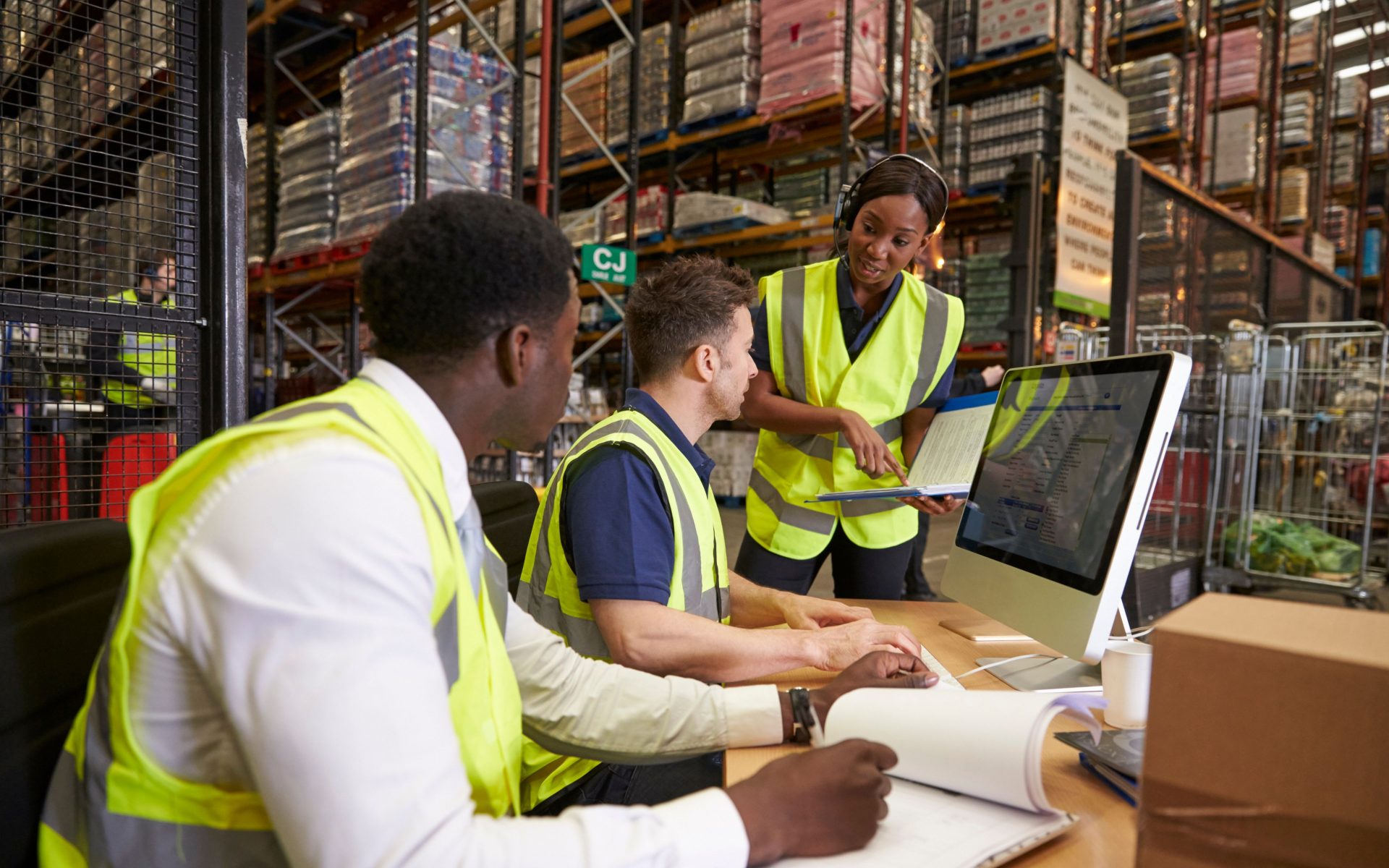In today’s fast-moving and increasingly complex supply chains, logistics plays a vital role in ensuring goods, materials and data move smoothly from origin to end customer. But logistics isn’t one single function: it’s a network of interlinked disciplines, each responsible for a different stage of the process.
Understanding the types of logistics, and how they work together, is key to building resilient, efficient operations that support growth, customer satisfaction, and long-term profitability.
What Is Logistics?
Logistics refers to the movement, storage and flow of goods, services, and information across the supply chain. It includes everything from raw material transport to final mile delivery, and is essential to ensuring the right product reaches the right place, at the right time, in the right condition.
Modern logistics is not only about trucks and warehouses. It’s about planning, systems, optimisation, visibility, and control. And within that, there are distinct logistics types, each with their own focus and responsibilities.
The 4 Core Types of Logistics
1. Inbound Logistics
What it covers:
The transportation, receipt, and storage of raw materials or goods coming into a business, typically from suppliers to production or warehousing.
Functions include:
- Supplier coordination
- Transportation management
- Goods receiving
- Warehouse put-away
- Inventory controls
Why it matters:
Inbound logistics sets the tone for the rest of the supply chain. Delays or inefficiencies at this stage can impact production schedules, availability and cost.
2. Outbound Logistics
What it covers:
The movement of finished goods from the business to the end user, whether that’s another business, a distributor, or the customer themselves.
Functions include:
- Order fulfilment
- Packing and labelling
- Shipping and distribution
- Returns processing (partially)
Why it matters:
Outbound logistics is customer-facing. It directly affects delivery times, service levels, and brand reputation.
3. Reverse Logistics
What it covers:
The return, recycling, refurbishment, or disposal of goods after they’ve reached the end customer.
Functions include:
- Returns handling
- Repairs and warranty management
- Recycling and repurposing
- Safe disposal of goods
Why it matters:
Reverse logistics supports sustainability goals, customer satisfaction, and cost recovery. It’s increasingly critical in sectors like eCommerce and consumer electronics.
4. Third-Party Logistics (3PL)
What it covers:
The outsourcing of logistics activities to specialist providers, often covering warehousing, fulfilment, and transport.
Functions include:
- Contract logistics
- Freight forwarding
- Warehouse management
- Transportation and fleet solutions
- Value-added services (e.g., co-packing)
Why it matters:
3PLs provide scalability, flexibility and expertise. The right partner can improve service levels while freeing up internal resources.
How the Different Logistics Types Work Together
Each type of logistics has a defined role: but they don’t operate in isolation. They are interdependent, and effective supply chain management depends on seamless coordination between them.
For example:
- Inbound logistics must align with production or stockholding plans, so that outbound logistics can meet customer demand.
- If there’s an issue in reverse logistics (e.g., slow returns processing), it can lead to poor customer experiences and stock inaccuracies.
- A trusted 3PL partner must integrate with your internal systems and processes to deliver both inbound and outbound activities smoothly.
When these functions are connected, supported by real-time data, strong communication, and clear responsibilities, your logistics operation becomes a strategic asset, not just a cost centre.
The Role of Logistics Professionals
Logistics success isn’t just about systems, it’s about people. Skilled logistics professionals bring the expertise to manage inventory, lead teams, optimise routes, liaise with suppliers, and improve processes.
Key roles include:
- Logistics Managers
- Warehouse & Distribution Centre Leads
- Transport Planners
- Freight & Fleet Coordinators
- Inventory Controllers
- 3PL Contract Managers
Hiring the right logistics talent across each function ensures that all parts of your logistics chain, from goods-in to final delivery, work together seamlessly.
Logistics is multi-layered, interconnected and business-critical. From inbound supply to outbound delivery and everything in between, understanding how each logistics type functions, and how they support one another, is essential for building a resilient, customer focused supply chain.
Whether you’re scaling fast, working with new partners, or simply trying to improve efficiency, aligning your logistics strategy across all four types will help you move faster, smarter, and more reliably.
